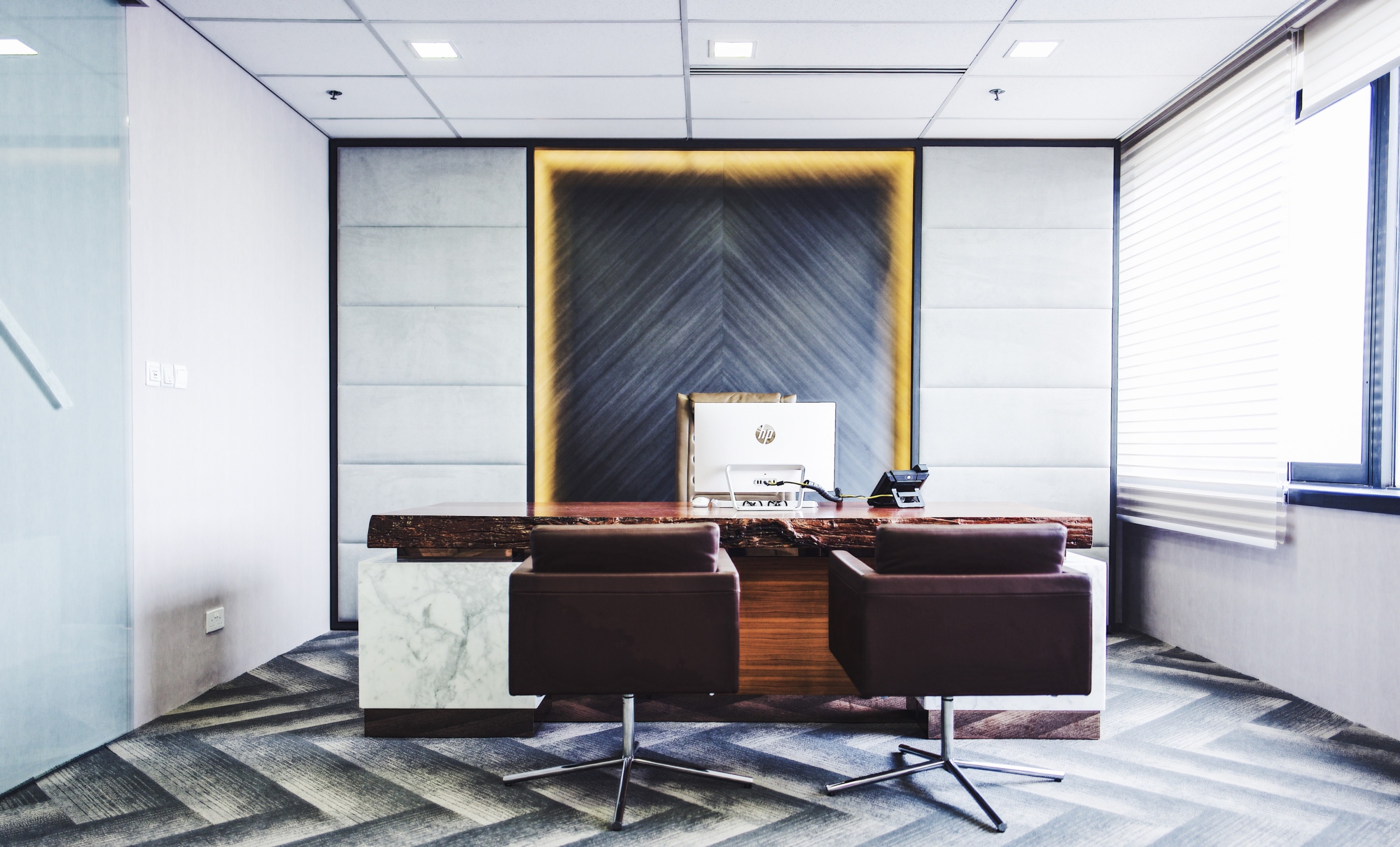Sustainability has become an increasingly important consideration in commercial building design today, as companies and individuals recognize the importance of reducing their impact on the environment while still meeting their needs for space and functionality.
From reducing energy usage and waste to improving indoor air quality and increasing natural lighting, there are many ways that sustainability can be integrated into commercial building design. In this article, we will explore how sustainability plays a part in commercial building design today.
1. Energy efficiency
One of the primary considerations for sustainability in commercial building design is energy efficiency. This includes the use of energy-efficient lighting, heating, and cooling systems, as well as the integration of renewable energy sources like solar panels and wind turbines. By reducing energy usage, businesses can reduce their carbon footprint and lower their operating costs over time.
2. Water conservation
Water conservation is another important aspect of sustainable commercial building design. This can include the use of low-flow toilets and faucets, as well as the implementation of water recycling systems to capture and reuse wastewater. In addition, businesses can also incorporate drought-tolerant landscaping and rainwater harvesting systems to reduce their water usage.
3. Waste reduction
Reducing waste is also an important consideration in sustainable commercial building design. This can include the use of recycled materials in construction, as well as the implementation of recycling and composting programs for tenants and employees. By reducing waste, businesses can not only lower their environmental impact but also save money on waste disposal costs.
4. Indoor air quality
Indoor air quality is an often-overlooked aspect of sustainable commercial building design, but it is essential for the health and wellbeing of occupants. This can include the use of low-VOC (volatile organic compound) paints and building materials, as well as the implementation of air filtration and ventilation systems to improve indoor air quality.
5. Natural lighting
Natural lighting is another important aspect of sustainable commercial building design. By maximizing natural light through the use of large windows and skylights, businesses can reduce their energy usage while creating a more pleasant and productive work environment for employees.
6. LEED certification
Finally, many businesses are seeking LEED (Leadership in Energy and Environmental Design) certification for their commercial buildings. This certification is awarded to buildings that meet strict standards for sustainability, including energy efficiency, water conservation, waste reduction, and indoor air quality. By achieving LEED certification, businesses can demonstrate their commitment to sustainability and potentially attract more environmentally-conscious tenants and customers.
In conclusion, sustainability plays an increasingly important role in commercial building design today. From energy efficiency and water conservation to waste reduction and indoor air quality, there are many ways that businesses can integrate sustainability into their building designs. By doing so, they can not only reduce their environmental impact but also potentially lower their operating costs and attract more environmentally-conscious tenants and customers.

